What to Consider When Choosing a Custom Engraved Cutting Board
The most cherished gifts are those imbued with meaning, crafted with care, and uniquely tailored to celebrate life's special moments. A custom engraved cutting board is more than just a kitchen utensil; it's a timeless keepsake, a functional piece of art, and a daily reminder of love, family, and shared memories.
Whether you're commemorating a wedding, celebrating a new home, or simply showing appreciation, selecting the perfect custom cutting board requires thoughtful consideration.
The Foundation: Understanding Wood Type
The soul of any cutting board lies in its wood. The type of wood dictates not only its aesthetic appeal but also its durability, maintenance, and suitability for engraving. When choosing a custom engraved cutting board, the wood is paramount.
Maple: A perennial favorite, maple is renowned for its light color, fine grain, and exceptional hardness. This density makes it incredibly durable and resistant to knife marks and bacteria, making it an excellent choice for a daily-use cutting surface. Its smooth, consistent texture also provides an ideal canvas for intricate engravings, ensuring your personalized message or design truly stands out. Maple's light hue allows the dark laser engraving to pop, creating a beautiful contrast.
Walnut: If you're seeking a statement piece, walnut is your wood. Known for its luxurious dark brown tones and often dramatic grain patterns, walnut cutting boards exude sophistication. It's a moderately hard wood, good for cutting, and its darker color provides a striking backdrop for lighter engravings or those with a strong contrast. Walnut boards are particularly popular for serving, charcuterie, and as decorative accents due to their inherent beauty. But be warned, the engraving may appear more understated, blending seamlessly with the deep wood tones.
Bamboo: While technically a grass, bamboo is often grouped with woods due to its hard, durable properties and aesthetic. Bamboo cutting boards are an eco-friendly and lightweight option. They are generally harder than some hardwoods, making them very durable, but can also be harder on knife edges over time. Engravings on bamboo tend to have a crisp, clean appearance. They are often a more budget-friendly choice, suitable for those who prioritize sustainability and a modern aesthetic.
Cherry: For those who appreciate warmth and richness, cherry wood is a superb option. It boasts a beautiful reddish-brown hue that deepens and darkens with age and exposure to light, developing a rich patina over time. Cherry is softer than maple but still highly durable and gentle on knife blades. Its distinct grain patterns can add character to the board, and engravings on cherry offer a more subtle, integrated look, often favored for elegant, classic designs.
Consider the recipient's kitchen decor, their personal style, and how they intend to use the board. Each wood tells a different story and offers a distinct tactile and visual experience.
The Heartfelt Touch: Personalization Possibilities
This is where your gift truly becomes one-of-a-kind. Custom engraving transforms a beautiful cutting board into a deeply personal and unforgettable item. The possibilities for personalization are vast and exciting:
Names and Dates: A classic choice for weddings, anniversaries, or housewarmings. Engraving a couple's names and their special date makes for a cherished memento. For a family, the family name proudly displayed creates an instant heirloom.
Monograms and Initials: Elegant and understated, a beautifully designed monogram adds a touch of sophistication. This is perfect for those who appreciate subtle personalization.
Recipes: Imagine Grandma's famous cookie recipe, handwritten and engraved onto a cutting board! This deeply sentimental option preserves cherished family traditions and creates an incredibly meaningful gift. It’s a wonderful way to honor a loved one and their culinary legacy.
Quotes and Sayings: A favorite family motto, an inspiring quote, or a humorous inside joke can be engraved to capture the recipient's personality or the essence of an occasion. Think about messages that will bring a smile or evoke warmth every time they see it.
Custom Artwork or Logos: For a truly unique gift, consider engraving a custom illustration, a family crest, a pet's paw print, or even a company logo for corporate gifting. This requires a high-quality image file but offers unparalleled creativity.
Geographic Coordinates: The coordinates of a special place – a first home, a wedding venue, or a beloved vacation spot – offer a unique and subtle form of personalization that holds deep personal significance.
The key to successful personalization is thinking about what truly resonates with the recipient and the occasion. This thoughtful step elevates the gift from generic to genuinely heartfelt.
Building Trust: The Reputation of the Seller
In the world of custom-made goods, the seller's reputation is paramount. You are entrusting them with a special gift, and you want to ensure the quality, craftsmanship, and service meet your expectations.
Read Reviews and Testimonials: This is your primary resource. Look for consistent positive feedback regarding product quality, accuracy of engraving, customer service, and timely delivery. Pay attention to reviews that mention the longevity of the product and how well the engraving holds up over time.
Examine Portfolio/Examples: A reputable seller will proudly display examples of their work. Look at the clarity and precision of their engravings. Do the lines look crisp? Is the lettering even? Do the images appear detailed?
Customer Service and Communication: How responsive are they to inquiries? Do they offer proofs of the engraving before production? Clear communication is vital, especially when dealing with custom orders. You want a seller who is attentive to your specific requests and can guide you through the personalization process.
Choosing a seller with a strong reputation provides peace of mind, ensuring your custom engraved cutting board is a gift of exceptional quality and craftsmanship.
Tailoring the Gift: Who is it For?
The recipient of the custom engraved cutting board should heavily influence your choices regarding wood, size, and personalization.
For the Culinary Enthusiast: If the recipient is a passionate cook, prioritize functional aspects. Harder woods like maple, known for durability and knife-friendliness, would be ideal. A larger board might be preferred for meal prep, and personalization could be a fun culinary quote or a unique recipe.
For New Homeowners: A cutting board makes a wonderful housewarming gift. Consider a versatile size that fits well in most kitchens. Engraving their family name, "Home Sweet Home," or the coordinates of their new address would be a touching tribute.
For Weddings or Anniversaries: This calls for elegance and sentiment. Cherry or walnut can offer a sophisticated look. Engraving their names, wedding date, or a significant quote about love or partnership would be highly appropriate. Perhaps a board designed for serving or display, along with being functional.
For Parents or Grandparents: Family-centric engravings are perfect here, like a family tree design, "Grandma's Kitchen," or a beloved family recipe. A board that can be proudly displayed, perhaps in a medium size, might be favored.
For Corporate Gifts: A more neutral wood like maple or bamboo with a company logo or a message of appreciation would be suitable. Focus on high-quality presentation and a professional engraving.
Understanding the recipient's lifestyle, their needs, and their taste ensures the gift is not only beautiful but also deeply appreciated and used for years to come.
The Right Fit: Size Matters
Cutting boards come in a variety of sizes, and choosing the right one depends on its intended use and the recipient's kitchen space.
Small (e.g., 8x10 inches to 9x12 inches): Perfect for bar boards, slicing a single fruit or vegetable, or serving small appetizers. These are also great for those with limited counter space or for display purposes where space is a concern.

Medium (e.g., 10x14 inches): A versatile size, suitable for everyday chopping, slicing, and dicing. This size can also double as a serving platter for cheeses or small charcuterie spreads.
Large (e.g., 11x17 inches and up): Ideal for serious home cooks or for those who frequently entertain. These boards provide ample space for prepping meals, carving roasts, or creating impressive charcuterie displays. Ensure the recipient has adequate storage and counter space for a larger board.
Consider both the practical utility and the aesthetic impact of the board's size.
The Unsung Hero: Understanding Board Thickness
When selecting a cutting board, whether for a seasoned chef or a new homeowner, thickness is an often-overlooked factor that plays a significant role in its overall quality, durability, and stability.
Stability and Weight: A thicker cutting board is inherently heavier and more stable on the countertop. This increased weight prevents the board from sliding around during rigorous chopping or carving, enhancing safety and making the cooking experience much more efficient and enjoyable. Thin boards, especially on slick surfaces, can be a hazard as they tend to shift.
Durability and Longevity: Thicker boards are simply more robust. They are less prone to warping, cracking, or bowing over time, even with regular use and exposure to moisture (which is inevitable in a kitchen!). This increased material depth means the board can withstand more wear and tear, last longer, and potentially be resurfaced multiple times if knife marks become too deep, extending its lifespan considerably. A thin board, by contrast, has less material to "give" and is more susceptible to these structural issues.
Insulation and Knife Edge Protection: A substantial thickness also provides better insulation against counter temperatures, which can be beneficial for the board itself. More importantly, a thicker, more stable board contributes to a safer cutting experience and, surprisingly, can even be gentler on your knife edges because the board won't flex or "give" under pressure.
Aesthetic and Perceived Quality: Beyond practical benefits, a thicker cutting board simply looks and feels more substantial and luxurious. It conveys a sense of heirloom quality and craftsmanship. For a gift, a thicker board immediately communicates a higher perceived value and a more serious, durable item. It stands taller on the counter, making a stronger visual statement, whether it's being used for prep or presented as a stunning serving platter.

While a thinner board might be more economical or easier to store for very light tasks, for a gift – especially one intended to be cherished and used regularly – opting for a board with a generous thickness (typically 1 inch or more for hardwoods) is a decision that truly elevates the gift, promising superior performance and lasting beauty for years to come. It’s an investment in both function and heirloom quality.
Beyond the Basics: Features of the Board
While the wood and engraving are central, several features can enhance the functionality and appeal of a custom engraved cutting board.

Juice Groove (Gutter): A channel carved around the perimeter of one side of the board. This feature is invaluable for cutting juicy items like roasted meats, fruits, or vegetables, as it collects liquids and prevents them from spilling onto the countertop. If the board is intended for carving or heavy-duty food prep, a juice groove is a highly practical addition.
Handles or Finger Grooves: Some boards incorporate handles or carved-out finger grooves on the sides. These make it easier to lift, move, and transport the board, especially larger or heavier ones. This is particularly useful for serving or clearing the counter.

Feet or Non-Slip Pads: Small rubber feet or silicone pads can be added to the bottom of the board. These elevate the board slightly, allowing for air circulation (preventing warping), and provide stability, preventing the board from sliding around during use. This enhances safety and comfort.

Reversible Design: Many high-quality cutting boards are designed to be reversible. One side might feature a juice groove for carving, while the other is flat for general chopping or serving. If only one side is engraved, the unengraved side can be used for cutting to preserve the engraved surface, or vice versa, offering versatility.
Edge Grain vs. End Grain: This refers to how the wood is constructed.
Edge Grain: Made by gluing strips of wood together with the edges facing up. These are very durable and show knife marks less prominently than face-grain boards. Most commonly available.
End Grain: Constructed by gluing individual wood blocks with the end grain facing up, similar to a butcher block. End grain boards are exceptionally gentle on knife blades, as the knife "slips" between the wood fibers rather than cutting across them, which helps knives stay sharper longer. They also tend to "self-heal" from knife marks more effectively. End grain boards are generally more expensive due to their complex construction.
When selecting an engraved cutting board, considering these features ensures that the gift is not just beautiful but also highly functional and a joy to use.
A Timeless Tribute
Choosing a custom engraved cutting board is a thoughtful process that culminates in a truly exceptional gift. By carefully considering the type of wood, the personalization possibilities, the seller's reputation, the intended recipient, the size, and the functional features, you can create a gift that will be treasured for years, or even generations, to come. At Susabella, we pour our heart into crafting personalized treasures that celebrate your unique story, ensuring every custom engraved cutting board is a testament to quality, artistry, and heartfelt connection.




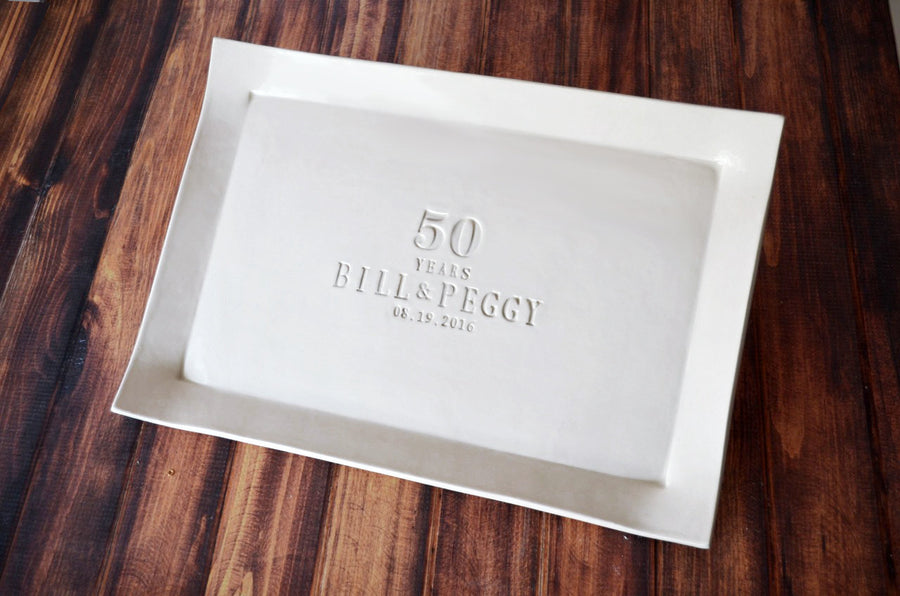
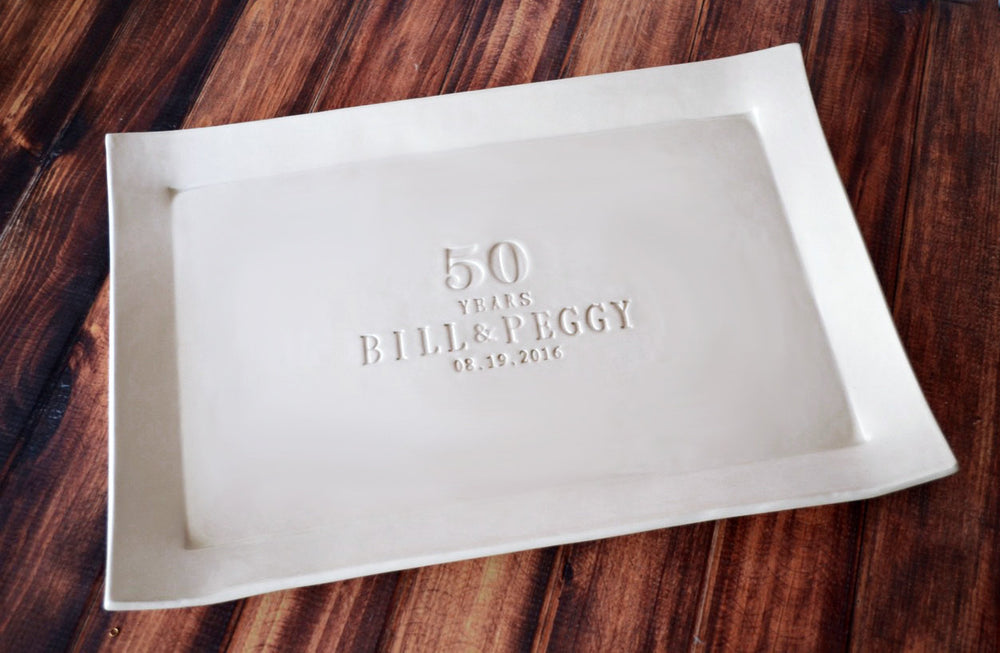
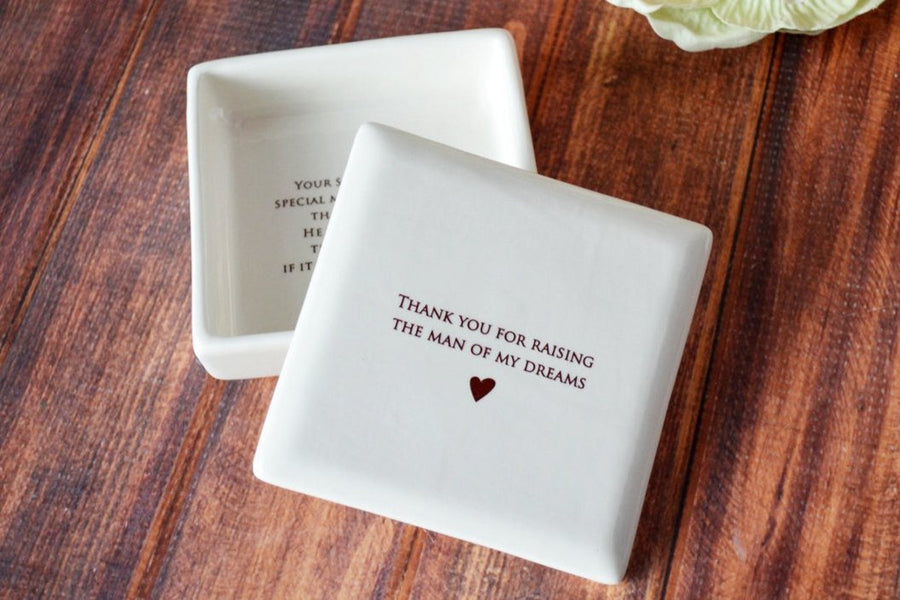
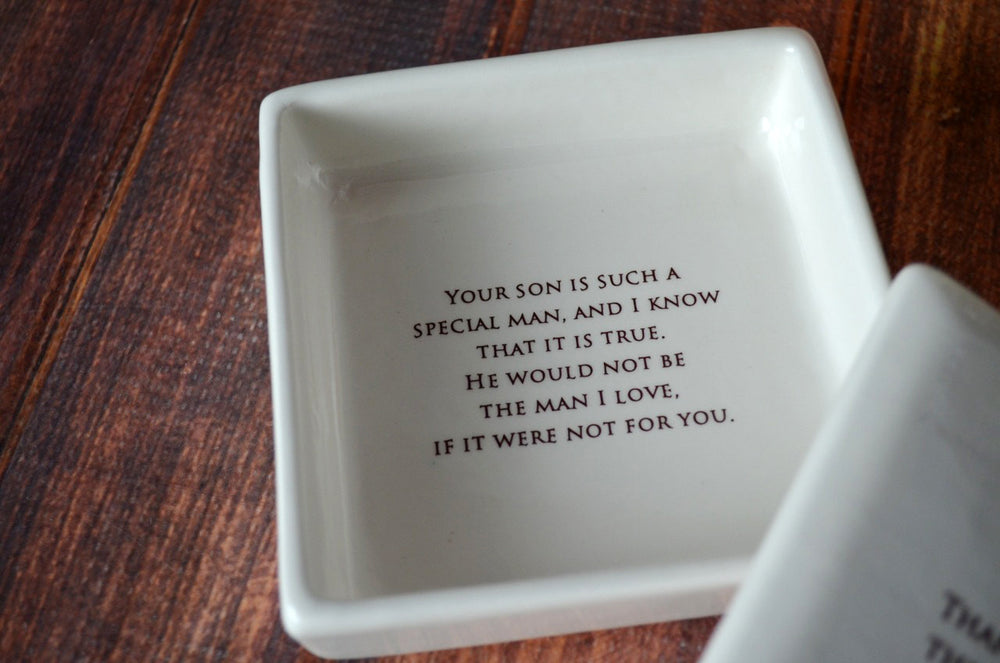
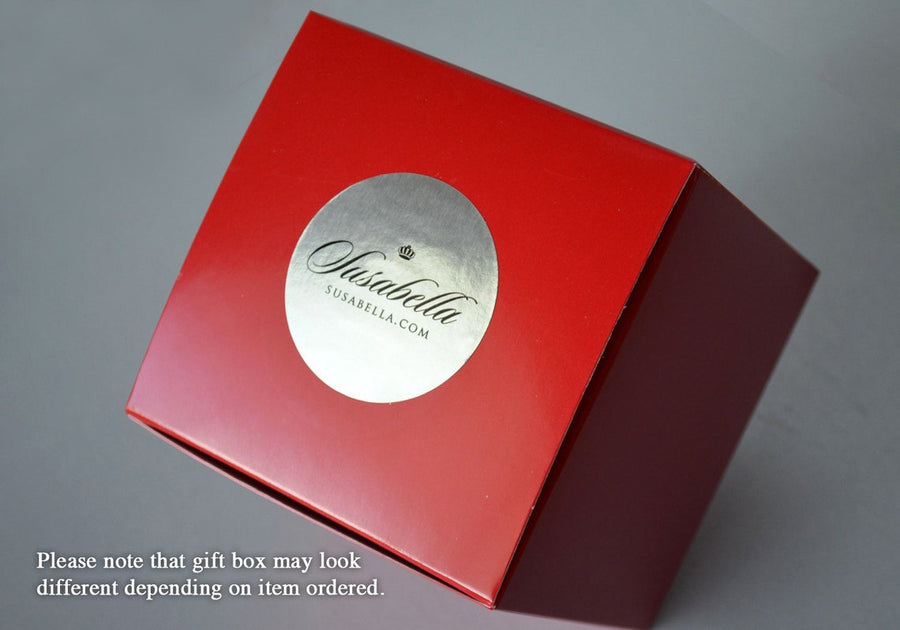
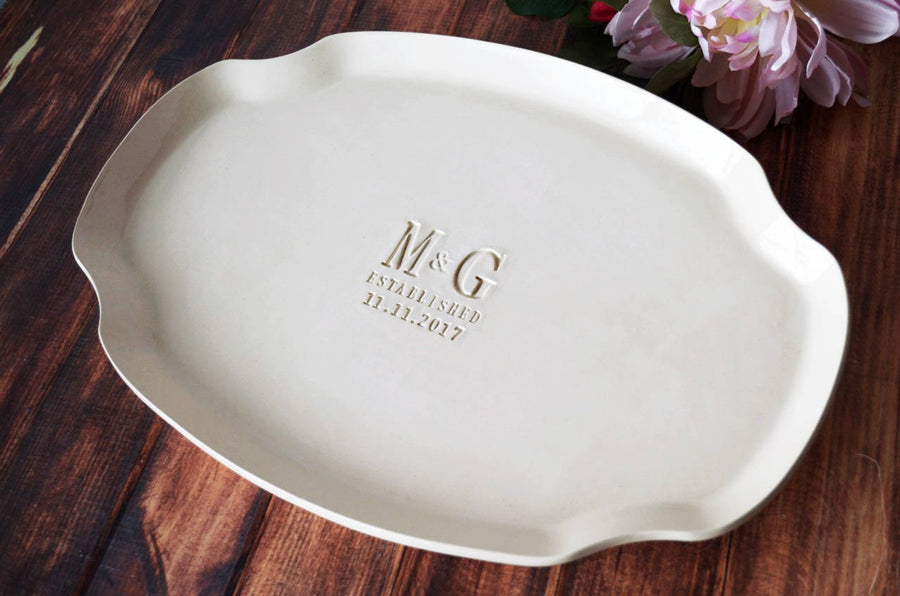
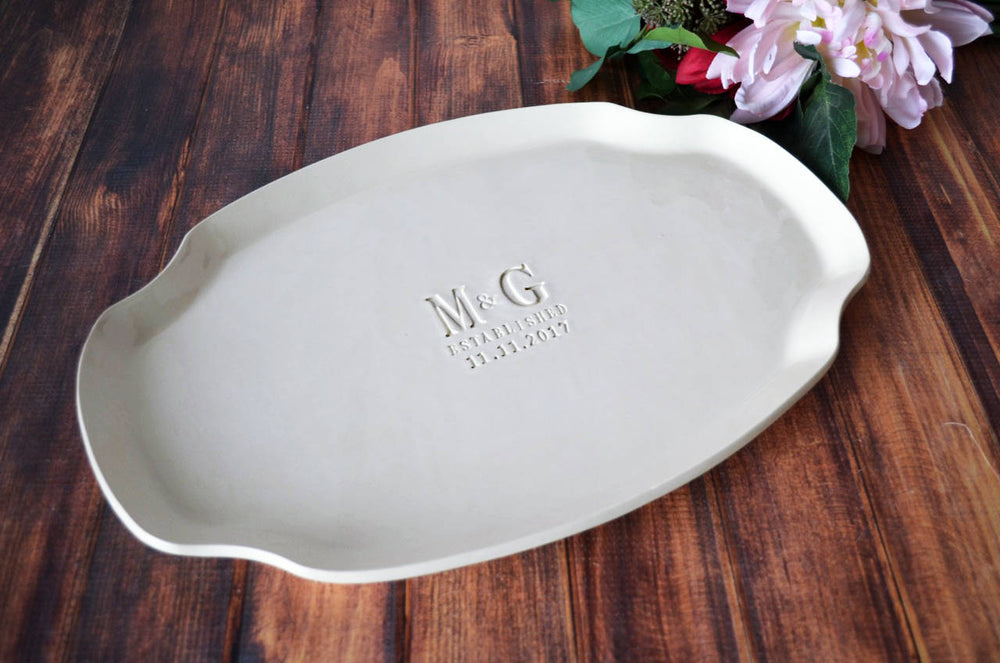
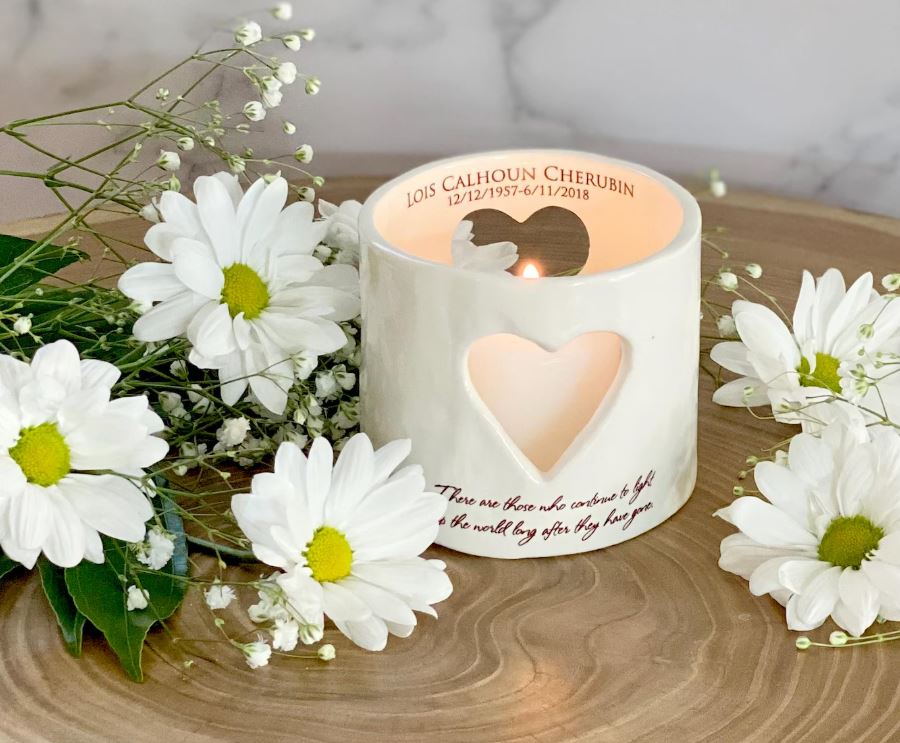
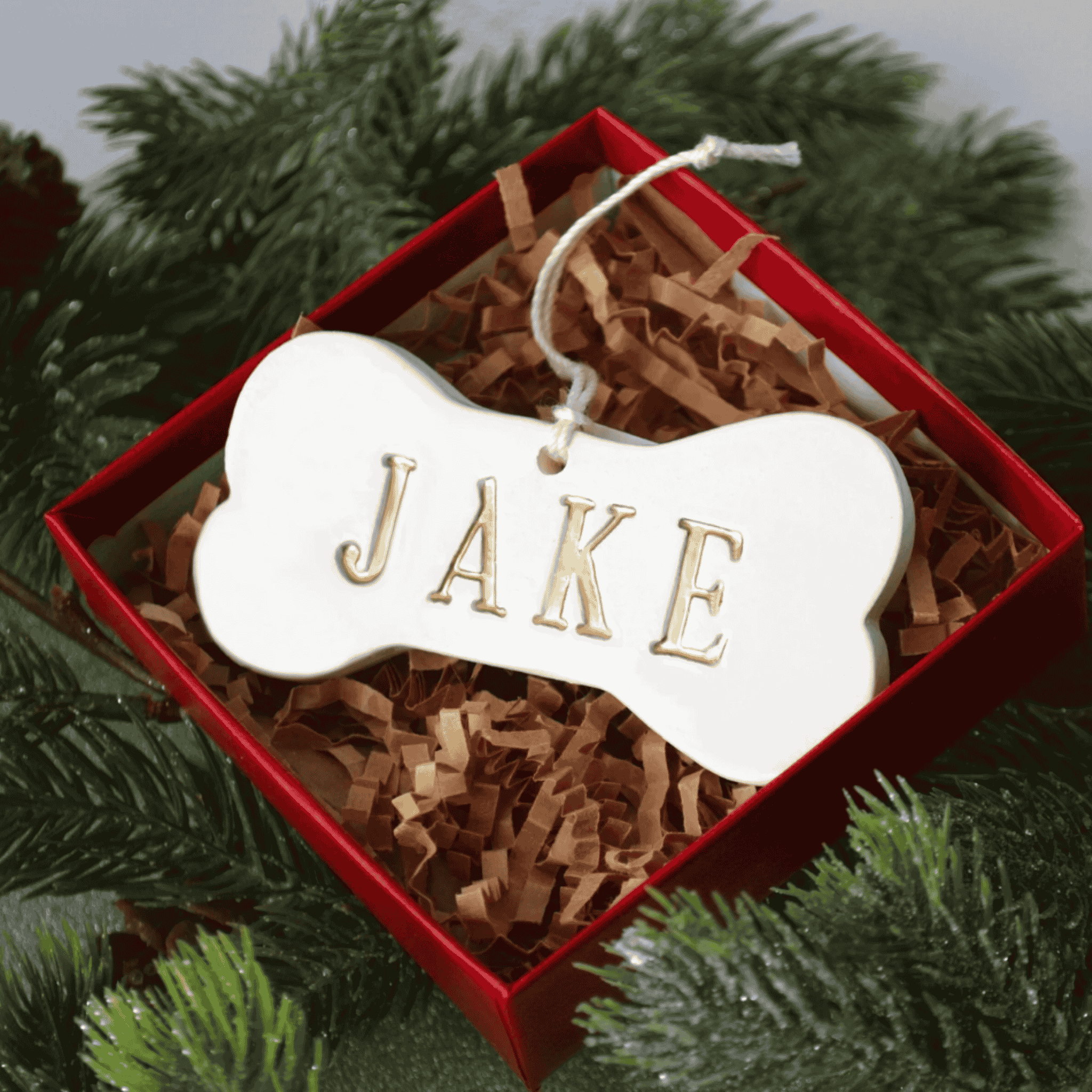




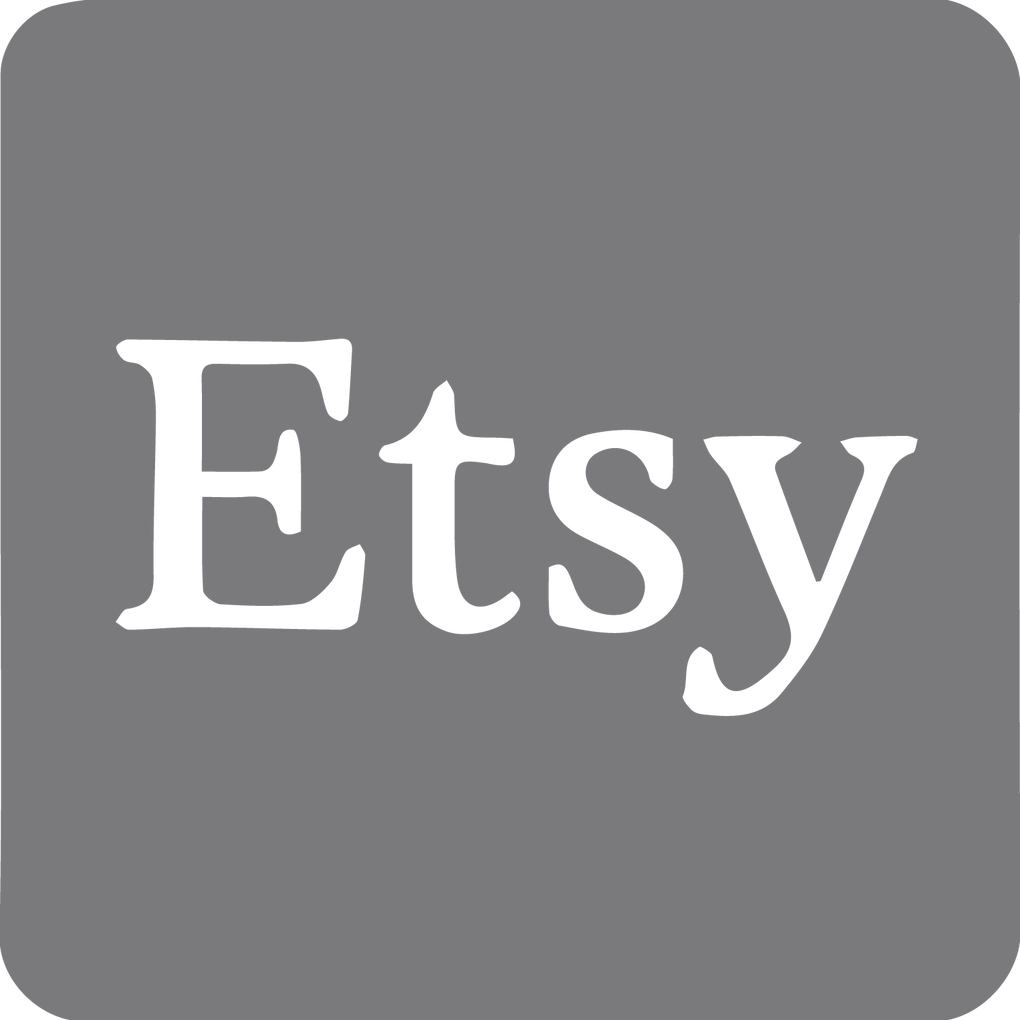



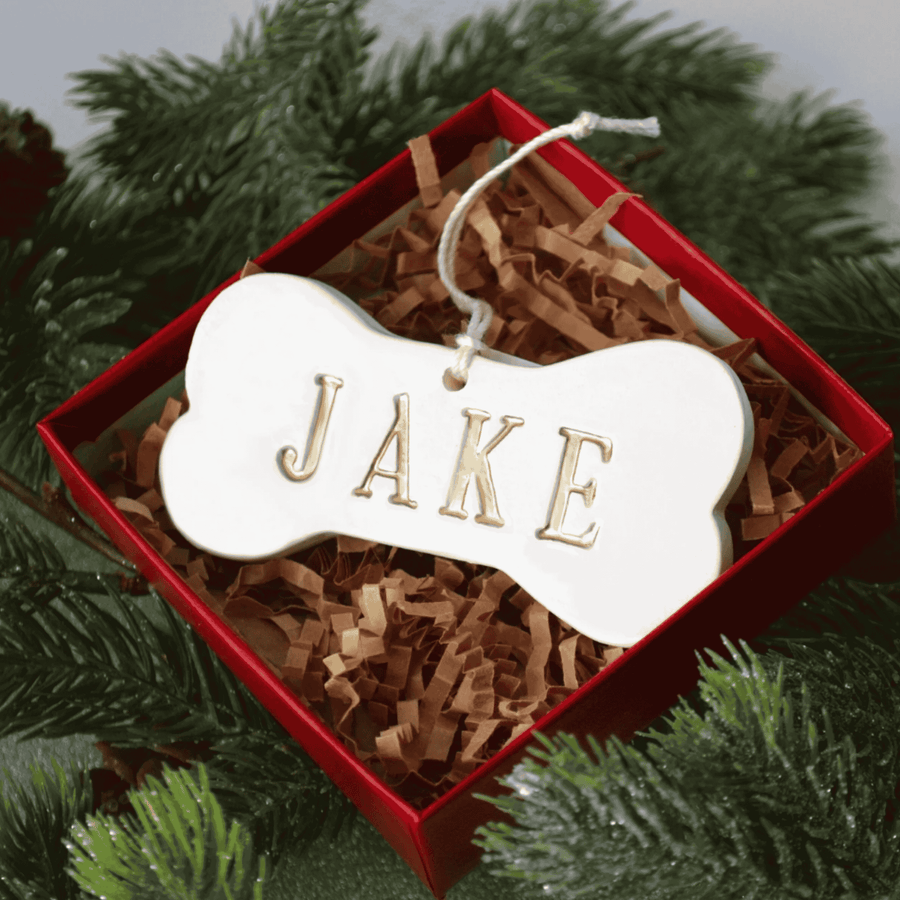
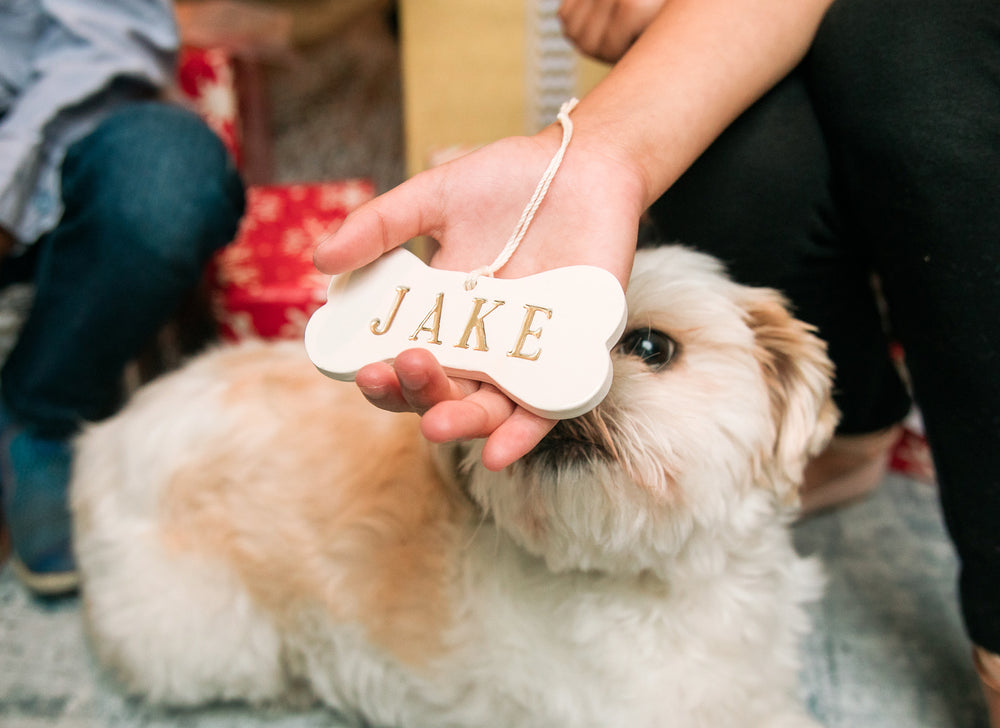
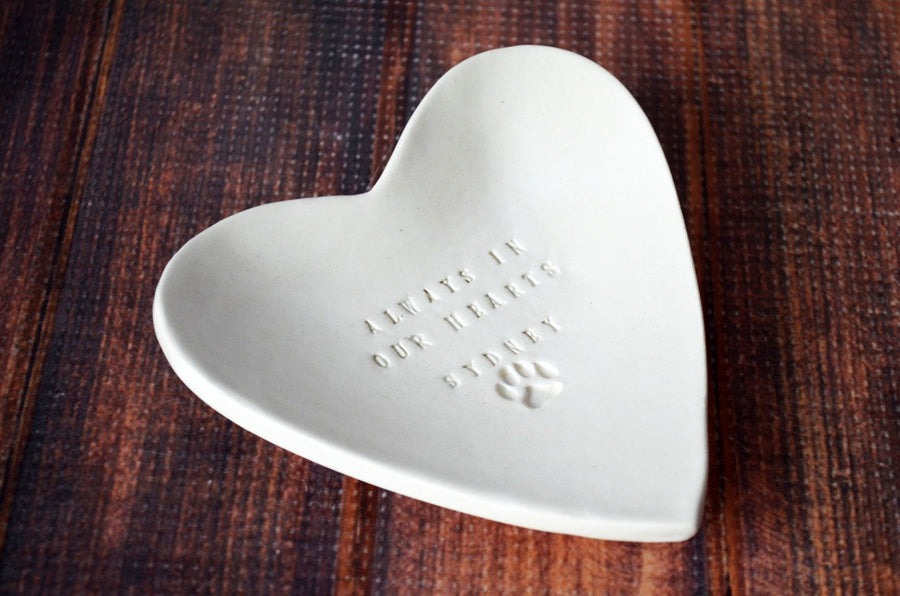
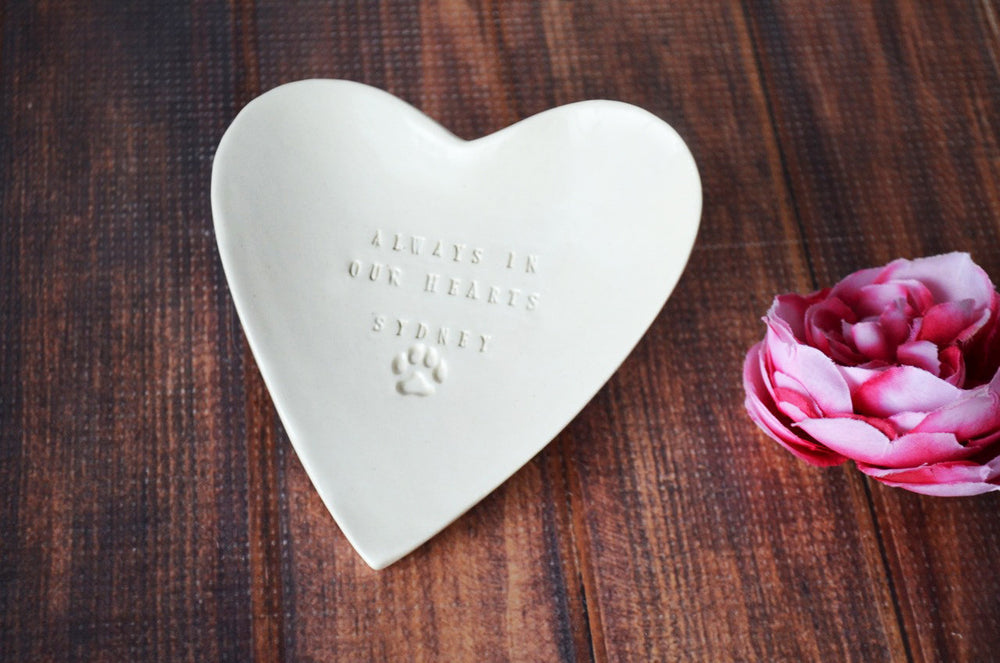
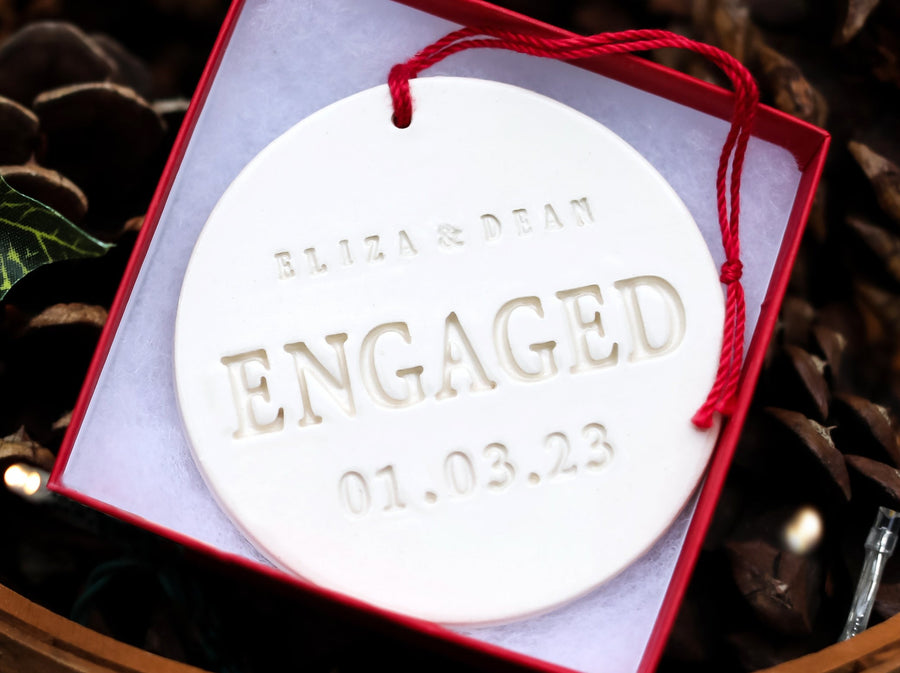
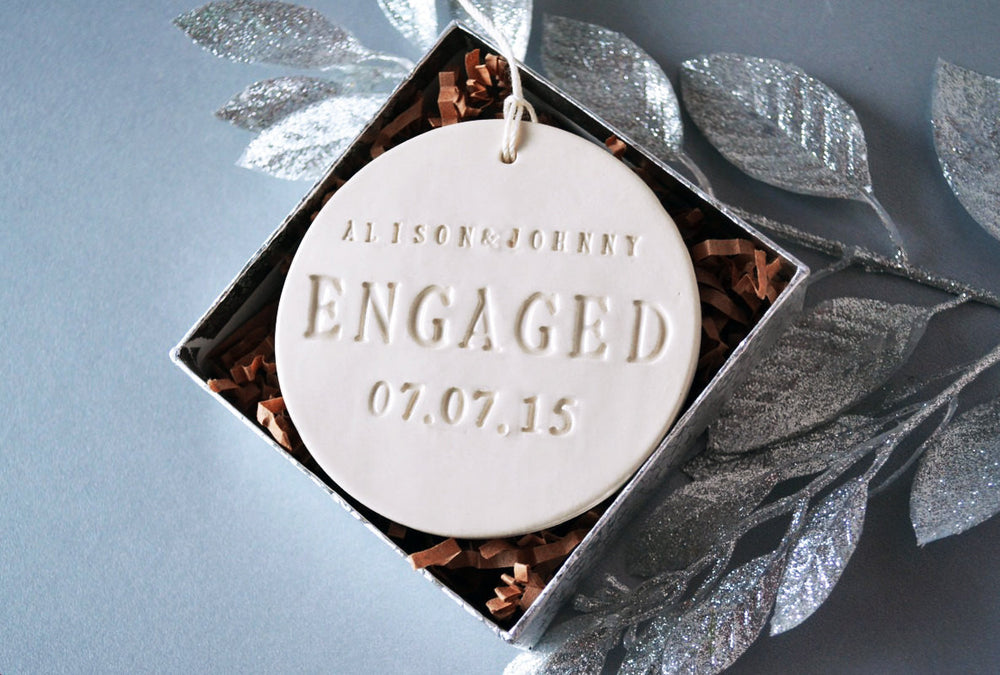
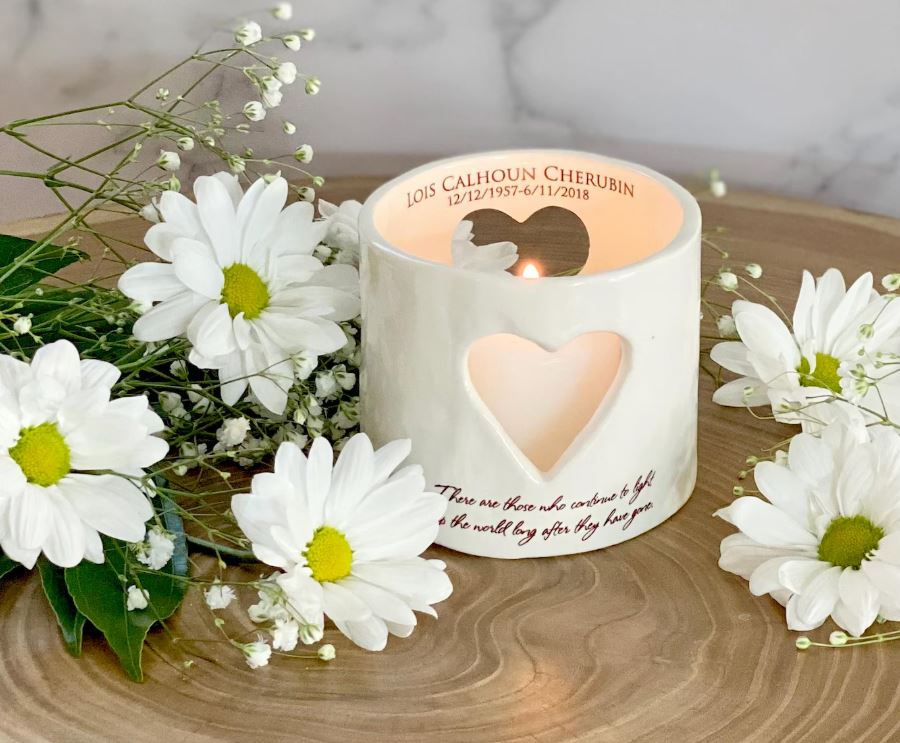
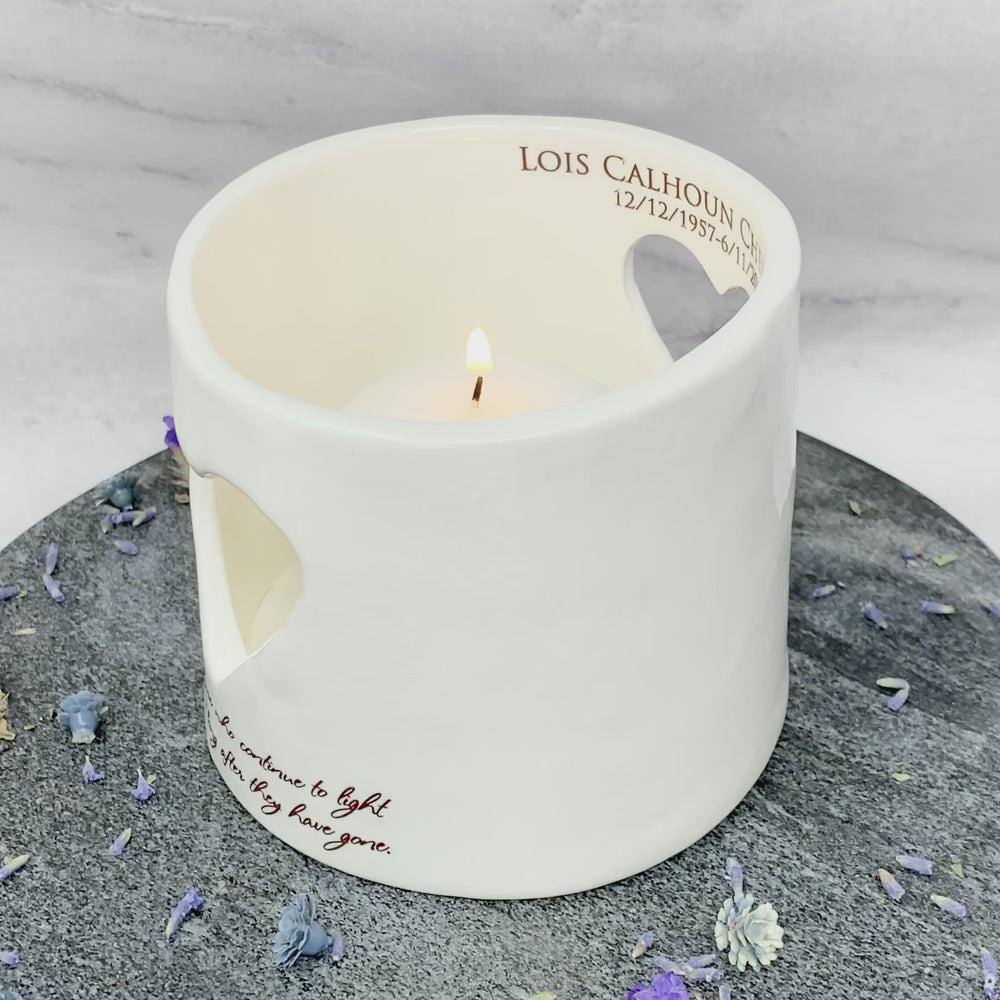
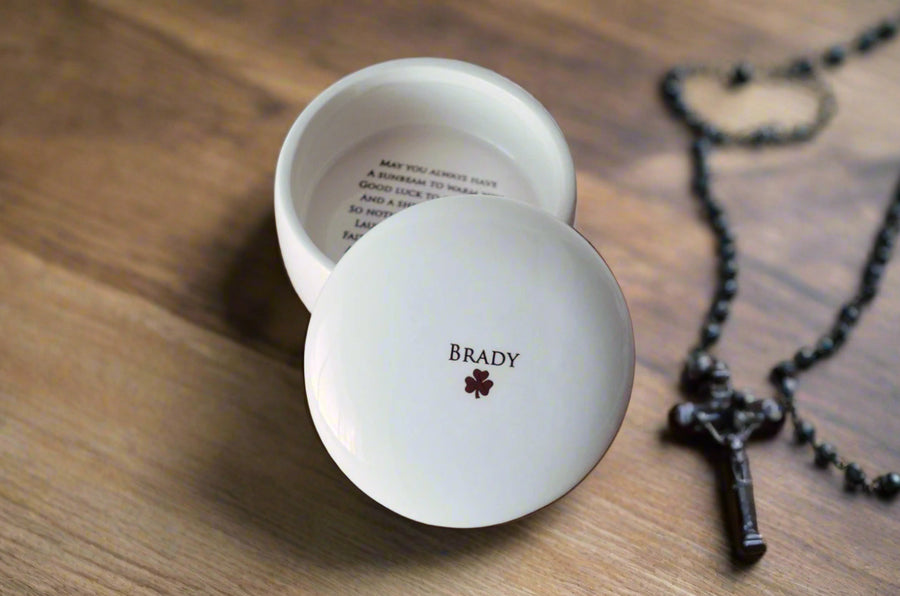
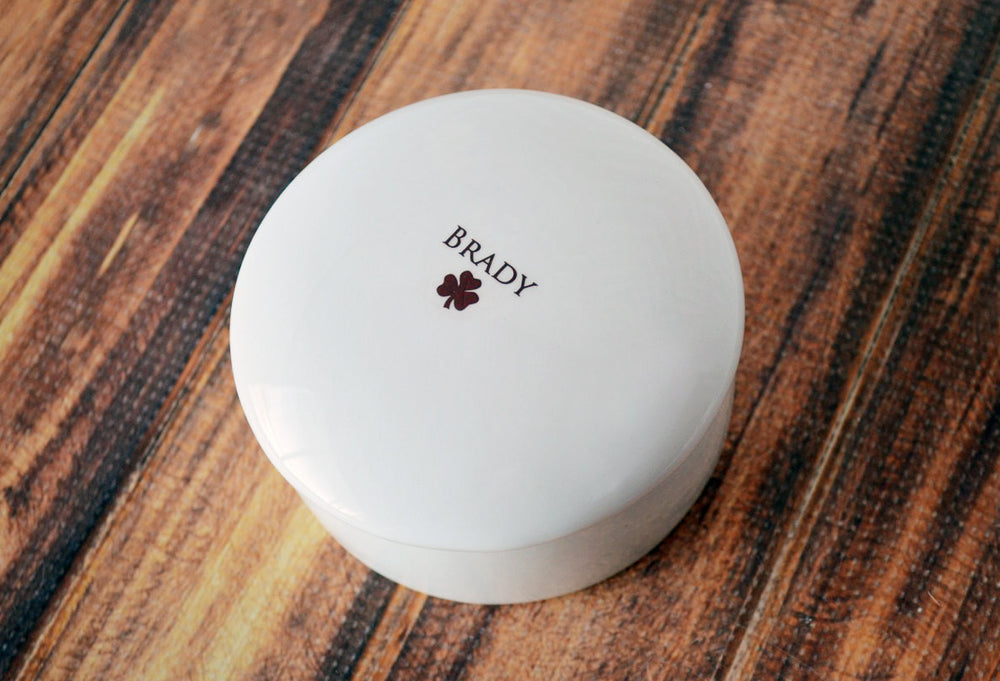
Leave a comment